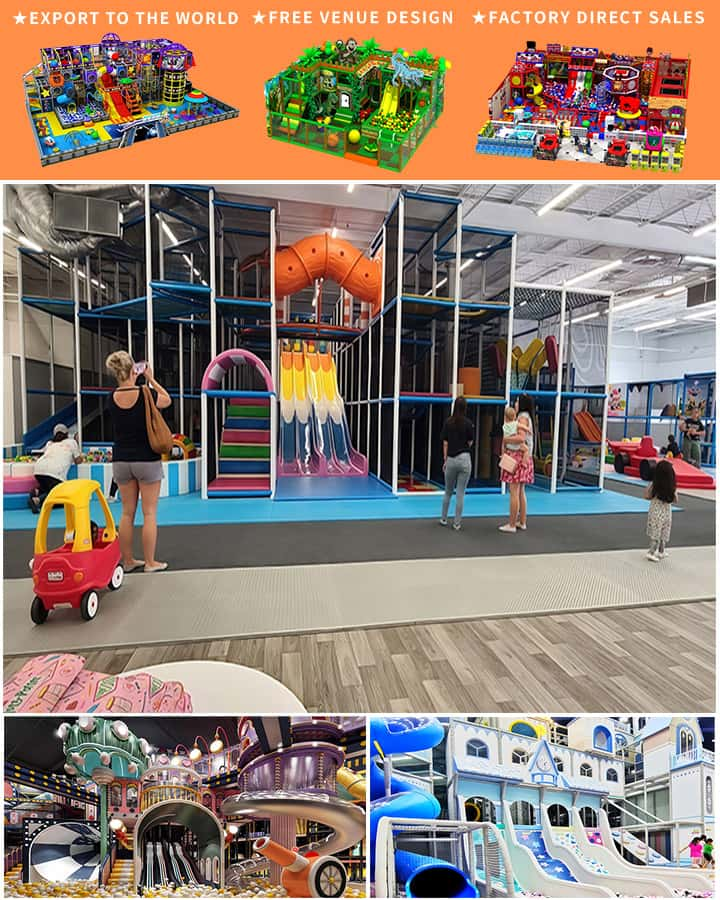Outdoor playground equipment plays a crucial role in the physical, social, and cognitive development of children. As parents, educators, and community planners strive to create environments that foster healthy growth and learning, investing in high-quality playground equipment becomes essential. This article explores the various benefits of outdoor playground equipment and highlights why it is vital for children’s overall well-being.
Physical Health Benefits
One of the most apparent benefits of outdoor playground equipment is its positive impact on children’s physical health. Playing outdoors encourages physical activity, which is imperative in today’s sedentary lifestyle driven by screen time and technology. Equipment like swings, slides, seesaws, and climbing structures promotes cardiovascular health, enhances muscle strength, and improves motor skills. Regular physical activity helps combat childhood obesity and fosters healthy bones and muscles as children grow.
Cognitive Development
 Outdoor play is not just about physical exercise; it also stimulates cognitive development. Playground equipment challenges children’s problem-solving skills, creativity, and imagination. For instance, navigating a climbing wall or figuring out how to balance on a seesaw requires strategic thinking and coordination. These activities help develop spatial awareness, hand-eye coordination, and critical thinking skills, all of which are fundamental for academic success.
Outdoor play is not just about physical exercise; it also stimulates cognitive development. Playground equipment challenges children’s problem-solving skills, creativity, and imagination. For instance, navigating a climbing wall or figuring out how to balance on a seesaw requires strategic thinking and coordination. These activities help develop spatial awareness, hand-eye coordination, and critical thinking skills, all of which are fundamental for academic success.
Social Skills and Emotional Well-being
Children learn valuable social skills through interaction with their peers on the playground. Sharing, taking turns, and collaborating during play foster empathy, cooperation, and conflict resolution abilities. Outdoor playgrounds provide a space for children to engage in imaginative play, which can boost self-esteem and emotional resilience. Interacting with others in a relaxed setting helps children build friendships and develop a sense of belonging.
Safety Considerations
While the benefits of outdoor playground equipment are numerous, safety should always be a top priority. Properly maintained and age-appropriate equipment minimizes the risk of injuries. Regular inspections for wear and tear, ensuring soft landing surfaces such as rubber mats or wood chips, and following safety guidelines set by organizations like the American Academy of Pediatrics are crucial steps in safeguarding children.
Encouraging Nature Appreciation
Outdoor playgrounds also offer children an opportunity to connect with nature. Exposure to natural settings has been shown to reduce stress and enhance mental well-being. By incorporating elements like sandboxes, water features, and natural landscapes into playground design, we can cultivate a love for the environment in young minds and promote sustainable practices from an early age.
Community Building
Finally, well-designed outdoor playgrounds can serve as community hubs where families come together, fostering a sense of community. Events and activities organized around these spaces can strengthen communal bonds and create supportive networks for both children and parents.
Conclusion
Investing in children’s outdoor playground equipment is an investment in their future. The physical health advantages, coupled with cognitive and social benefits, underscore the importance of creating safe and stimulating outdoor play environments. As we prioritize children’s holistic development, let us remember that playgrounds are more than just places to have fun—they are foundational spaces that shape healthy, happy, and well-rounded individuals.




